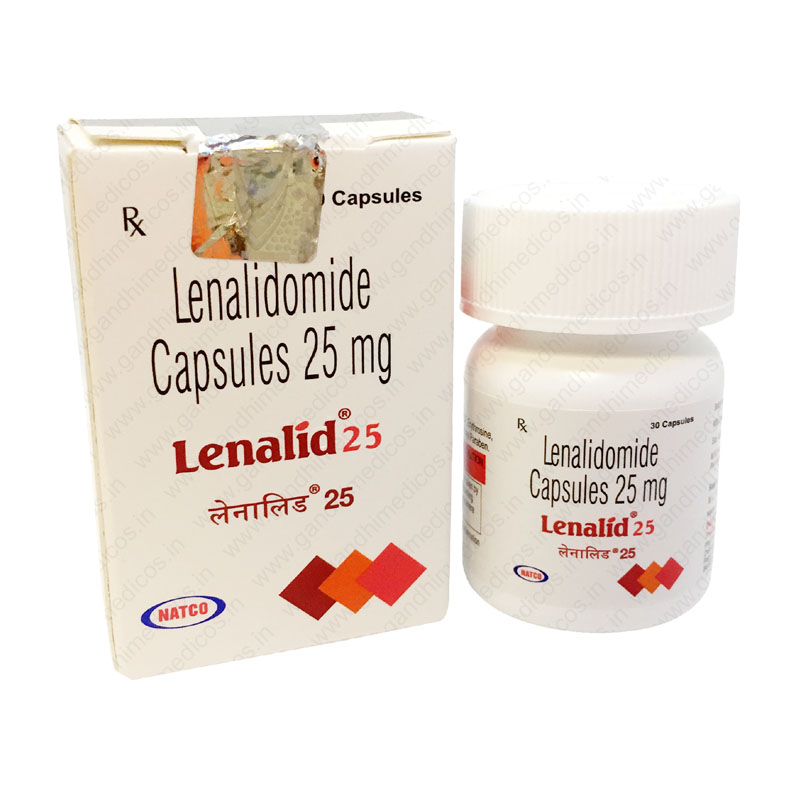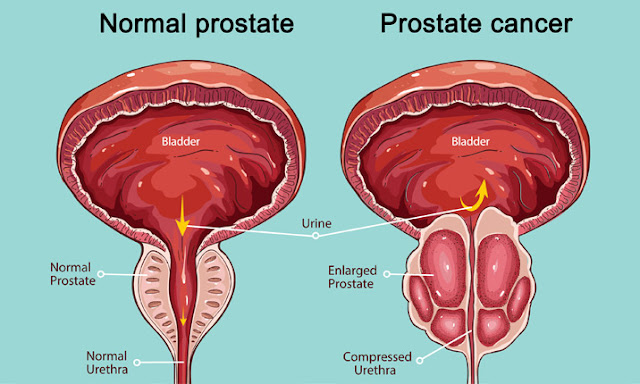What are the Signs and Symptoms of Multiple Myeloma?
Multiple myeloma is a rare type of cancer that tends to develop within the bone marrow. When cancerous plasma cells tend to take over the bone marrow, they replace healthy blood cells and lead to symptoms like anemia, bleeding, bruising, and infection. Myeloma cells increase osteoclast cells' activities, which break and affect bones, and lower osteoblasts' activities, which function to form and strengthen new bones. Myeloma cells weaken and damage the bones and lead to bone pain and lesions. If you are diagnosed with multiple myeloma, then your doctor will prescribe you effective medications like Lenalidomide to relieve your symptoms and prevent the worsening of your health.
Symptoms and signs of multiple myeloma
People suffering from multiple myeloma may suffer from several signs and symptoms. Many people living with myeloma do not experience any signs or symptoms in the initial stages until a urine or blood test for some other health condition detects cancer. Powerful medication like lenalidomide 25mg helps to relieve these symptoms and treat multiple myeloma. The initial stages of multiple myeloma may be undetectable or mild. As Abnormal plasma cells tend to grow, multiply, and accumulate in the bone marrow, you start noticing symptoms. The notable signs and symptoms of multiple myeloma are as follows.
- Weakness and fatigue
- Dizziness
- Anemia as myeloma plasma cells crowd out or suppress healthy red blood cells
- Shortness of breath
- Weak bones which can fracture easily
- Frequent fever and infection
- Sudden weight loss
- Frequent need to urinate
- Extreme thirst
- Bone loss, bone fracture, and bone damage
- Mental confusion and muscle weakness which is usually associated with kidney failure.
- Nose bleeds, bruising, bleeding gums, cloudy vision, and blood clots are caused by low platelets and thickening of the blood.
What are the related conditions that are associated with myeloma?
If multiple myeloma starts progressing, you may notice different symptoms and conditions in your body. For instance, hyperglycemia, amyloidosis, and anemia are the three main conditions associated with multiple myeloma progression. In addition to the main symptoms of multiple myeloma, you may notice other symptoms, such as the following amyloidosis, kidney failure, hypercalcemia, and anemia. You can prevent these symptoms with regular lenalidomide use as per your doctor's recommendation. These related symptoms are as follows:
- Painful joints
- Diarrhea
- Purple spots on the skin
- Swollen tongue
- Nausea, loss of appetite, and vomiting
- Constipation blood pressure
- Muscle, cramps
- Headache
- fluid retention
- Stiffness in joints
- Itching
- Swelling of feet, legs, and ankles
- Cognitive issues
- Easy bleeding or bruising etc.
Treatment for multiple myeloma
If you notice any of the above signs and symptoms, you need immediate medical attention. Your healthcare team will plan your treatment for multiple myeloma based on your health condition, age, and other factors in consideration. Effective multiple myeloma treatment methods include effective medications like lenalid 25 mg, antibiotics, chemotherapy, steroids, addiction therapy, immunotherapy, and stem cell transplants. All these treatments help to fight against cancerous cells and reduce infection, bone tumors, and other abnormal plasma cells. Apart from the medications, patients also need supportive care or palliative care. This type of care starts soon after the diagnosis and continues until the treatment process ends. You must consult with your healthcare team about all the signs and symptoms you are experiencing, as well as any new symptoms after taking medications for early diagnosis of multiple myeloma to help increase life expectancy.



Comments
Post a Comment